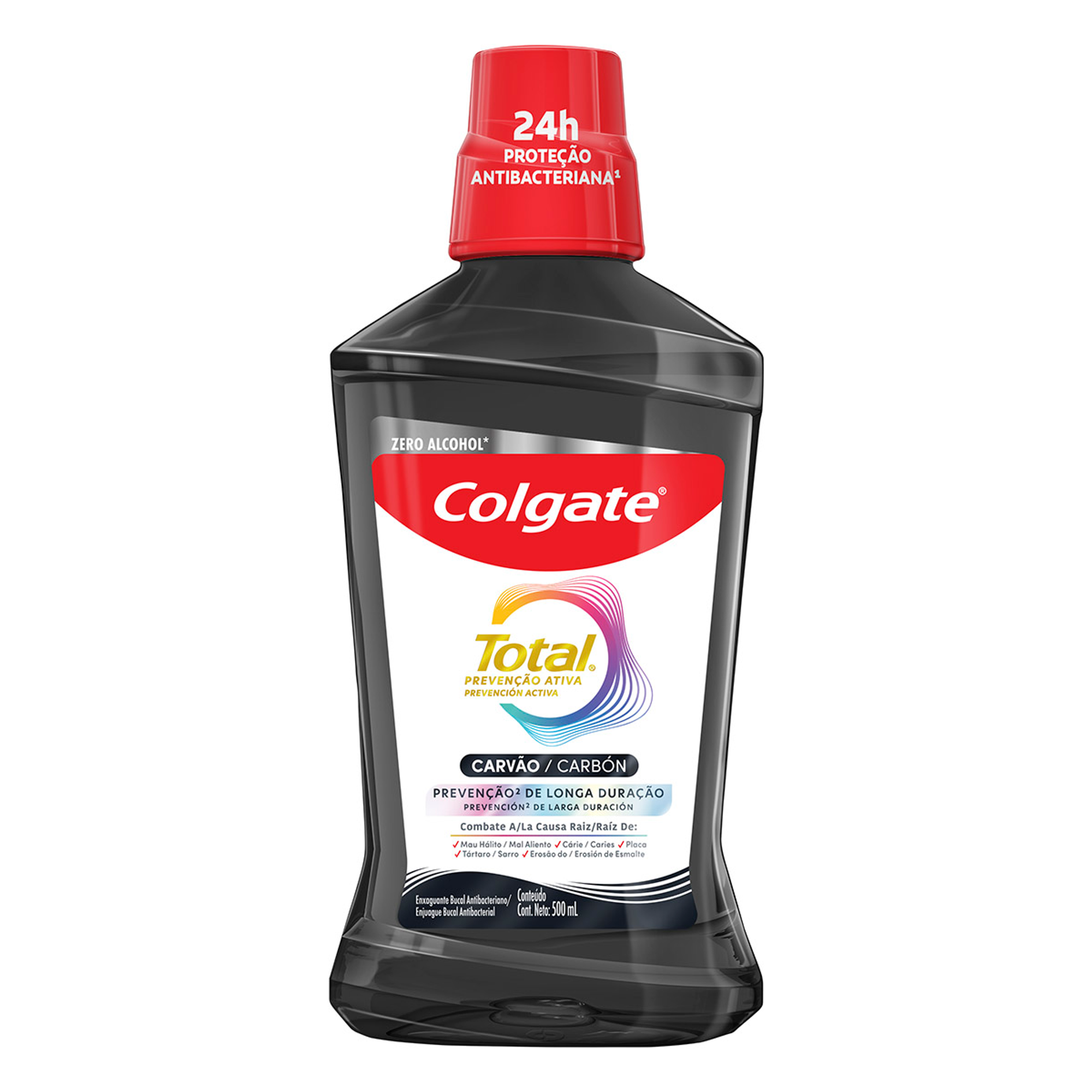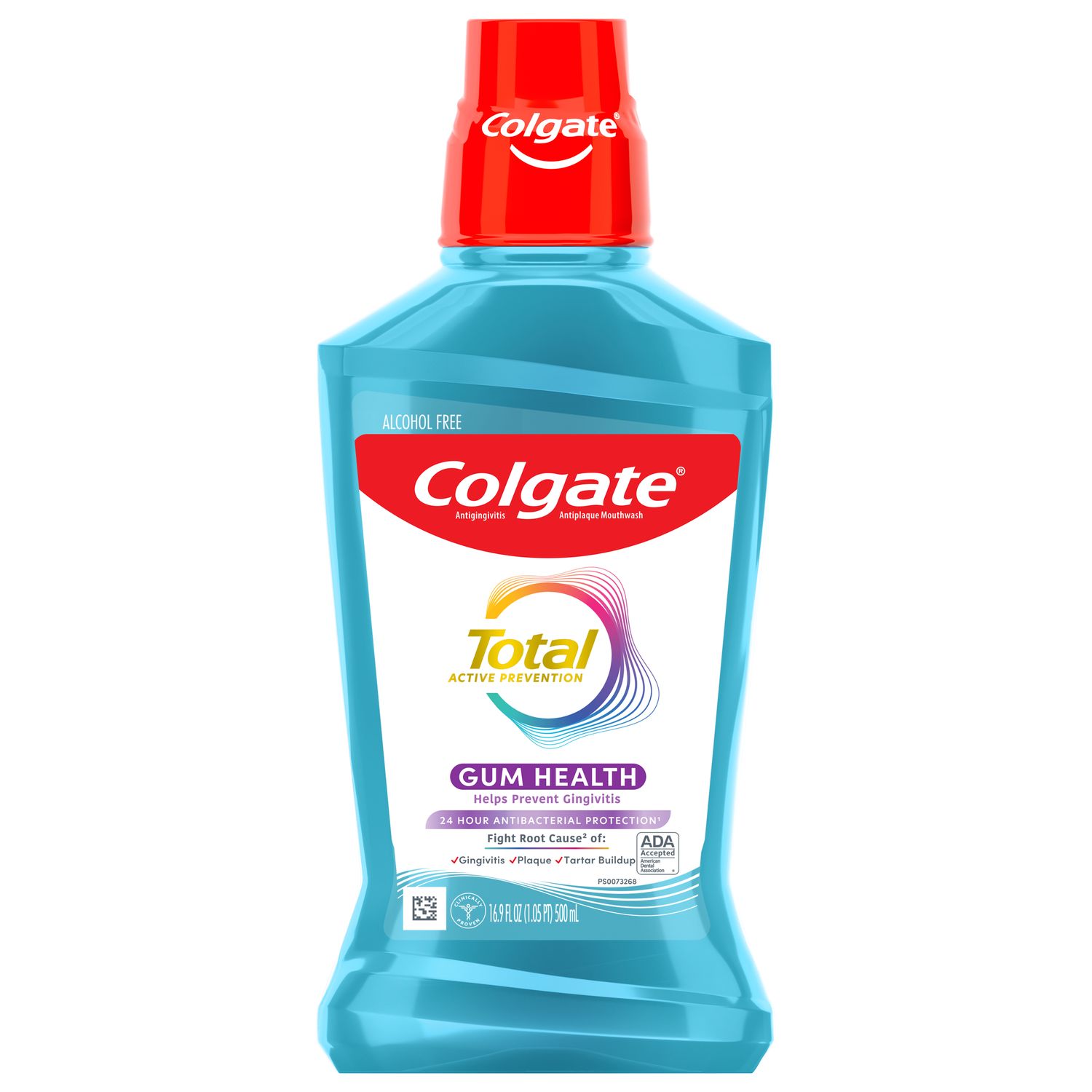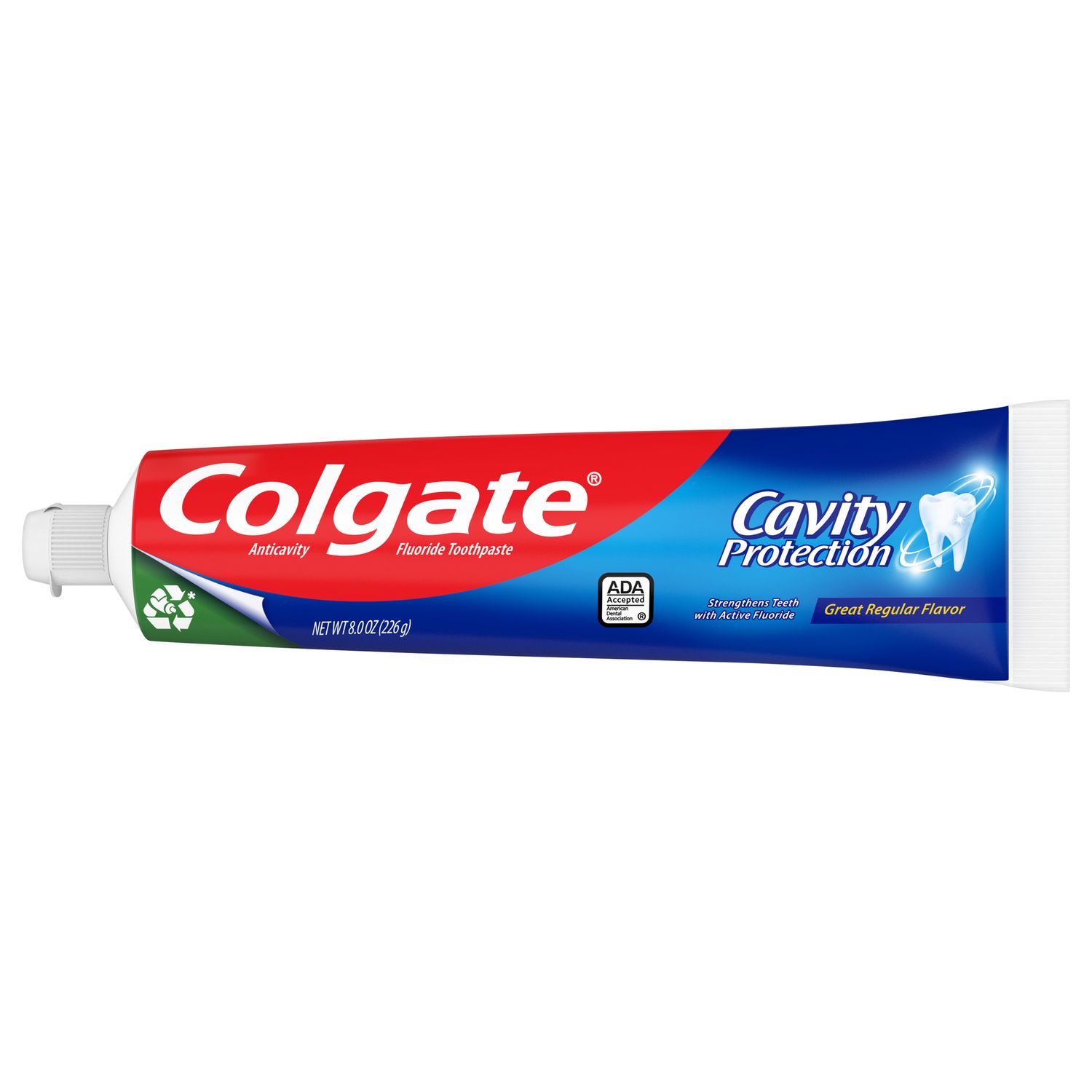A Sharp Situation
Dental bone spurs (also known as bone spicules) are small bone pieces that become dislodged from the surrounding tissue but are still trapped in your gums.
After a tooth extraction or other dental procedure, this bone fragment may feel like a sharp bone sticking out of your gums or an uncomfortable object creating pressure. The piece of bone protruding out is part of your body's natural process of removing stray bone from the affected site.
Bone spurs in your gums may be associated with:
- Dental procedures (including a bone spur after tooth extraction)
- Traumatic injury
- Decay, infection, or disease
Potential Complications
Understandably, the presence of an unfamiliar object in your gums would be alarming, but rest assured that your dental professional is well-equipped to help diagnose and treat this condition. The bone spur may erupt from your gums harmlessly on its own but may require treatment to prevent associated oral problems.
Complications associated with a bone spur in your gums may include:
- Pain, discomfort, or irritation
- Redness and swelling of your gums
- Need for removal of the bone spur
- Infection
Treatment Options
It can be easy to mistake a bone spur for a fragment of your tooth or other tissue dislodged during an oral procedure. Your best bet is to follow up with your dental professional for their expert insight and recommendation.
With a quick oral exam or radiographic imagine like an X-ray, they should be able to determine if your problem is indeed a bone spur and if it is problematic enough to require treatment. If it does, they will likely recommend extraction of the bone spur to reduce your discomfort and avoid infection. Otherwise, they may monitor the natural eruption of the unwanted material from your gums to ensure it doesn't contribute to other concerns.
To avoid worsening the problem, you should:
- Avoid attempting to remove the bone spur on your own, as this could damage your gums or the surrounding tissue or lead to infection.
- Continue to practice your normal oral care routine, brushing gently and being careful not to aggravate your sensitive gums affected areas.
- Rinse with antiseptic mouthrinse to dislodge any food matter, maintain your gum health, and fight infection.
- Consider the use of over-the-counter pain medications to reduce swelling and discomfort. Be sure to use them as instructed on the packaging.
- Schedule regular visits with your dental professional at least every six months to stay on top of your oral health.
Keep in mind that even though bone spurs can cause stress, your dental professional is ready to provide treatment or reassurance. You've made a healthy decision to read up on this unique condition, what causes it, and what you can do while waiting for a dental appointment.
Oral Care Center articles are reviewed by an oral health medical professional. This information is for educational purposes only. This content is not intended to be a substitute for professional medical advice, diagnosis or treatment. Always seek the advice of your dentist, physician or other qualified healthcare provider.
ORAL HEALTH QUIZ
What's behind your smile?
Take our Oral Health assessment to get the most from your oral care routine
ORAL HEALTH QUIZ
What's behind your smile?
Take our Oral Health assessment to get the most from your oral care routine














